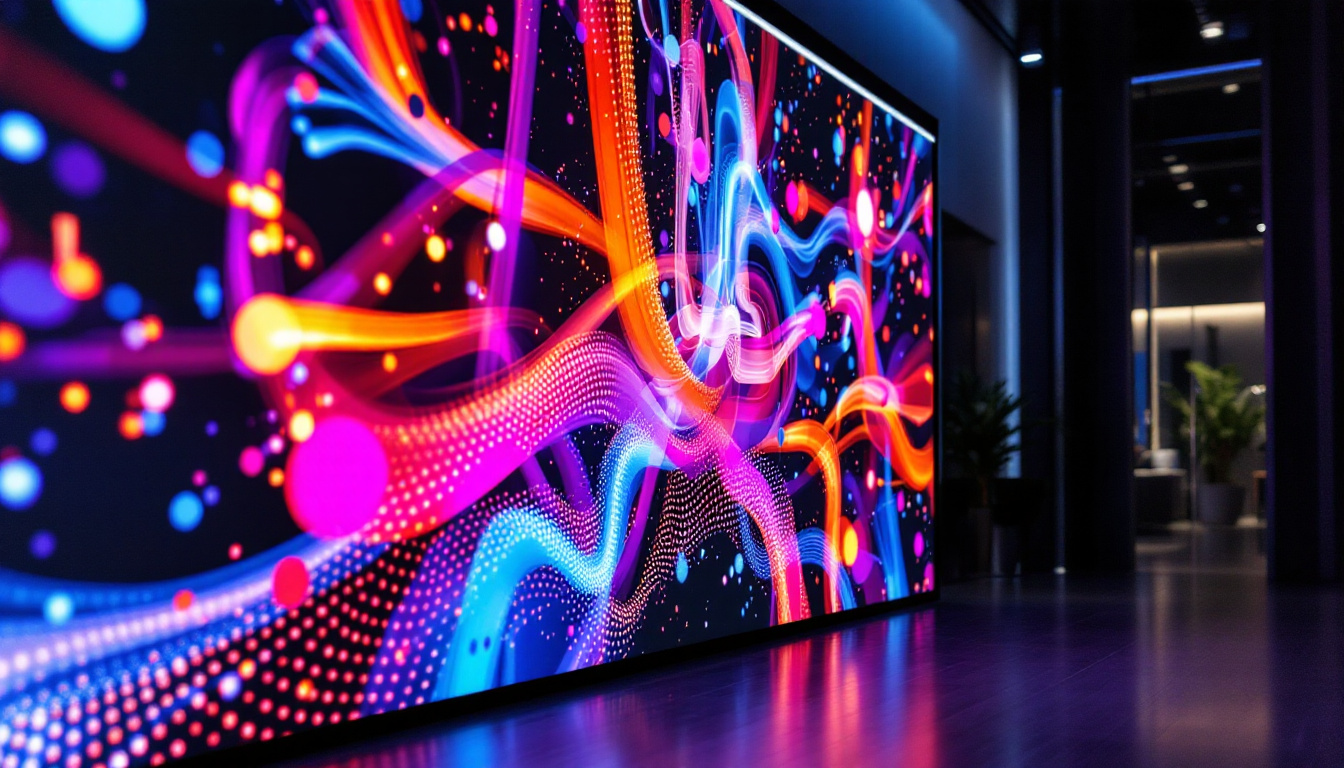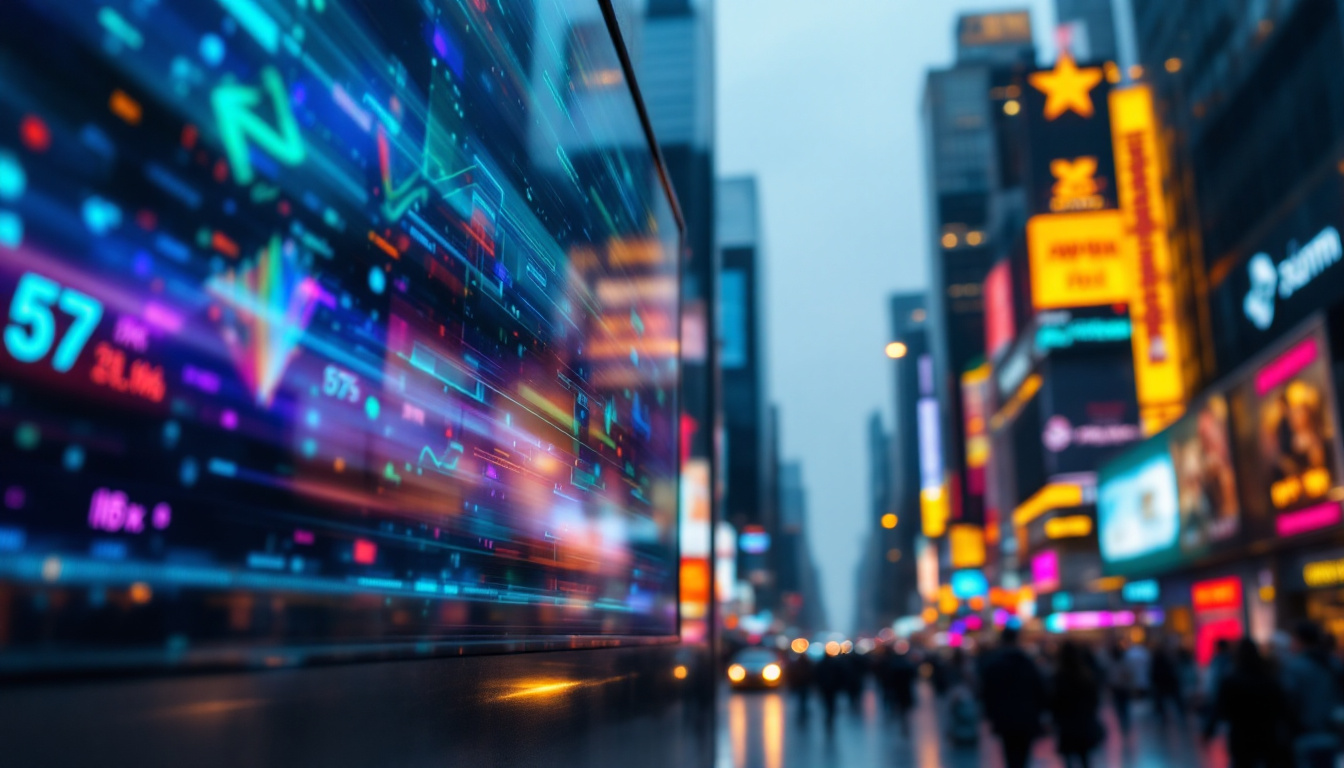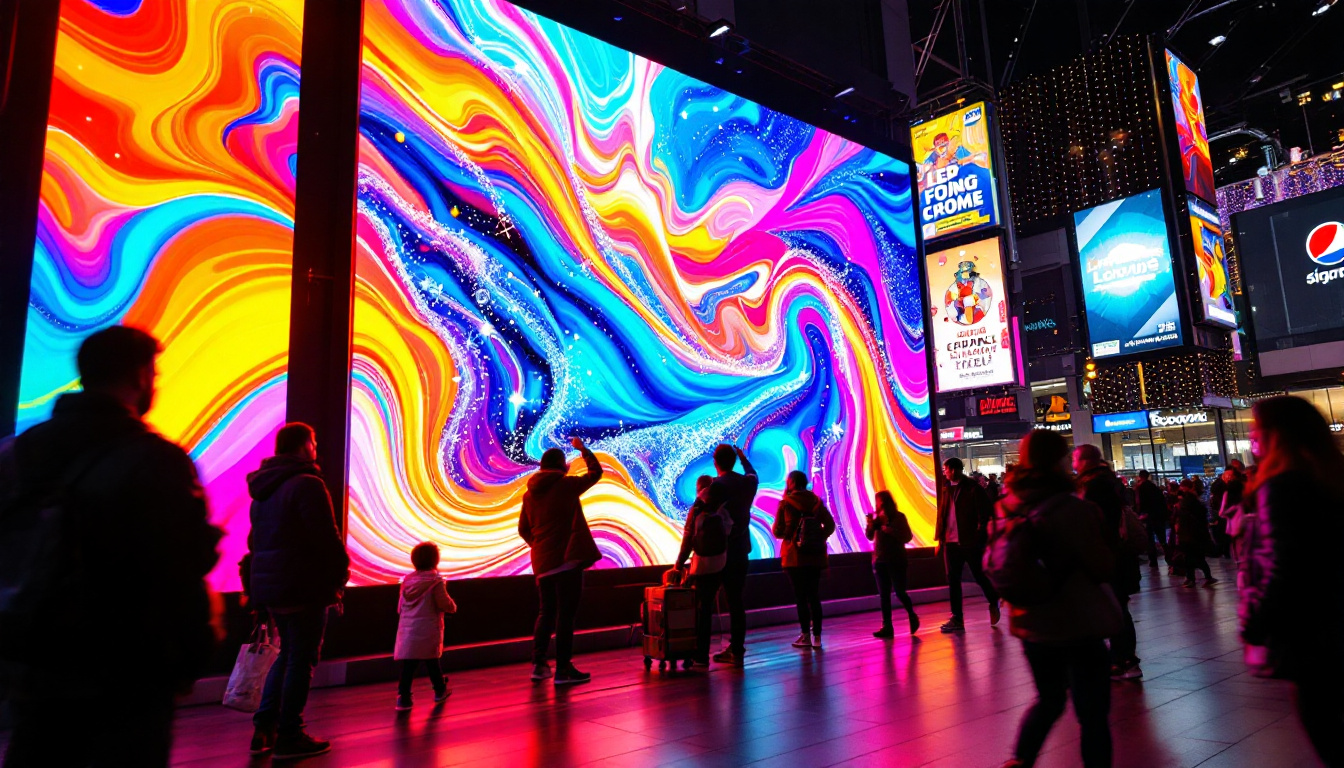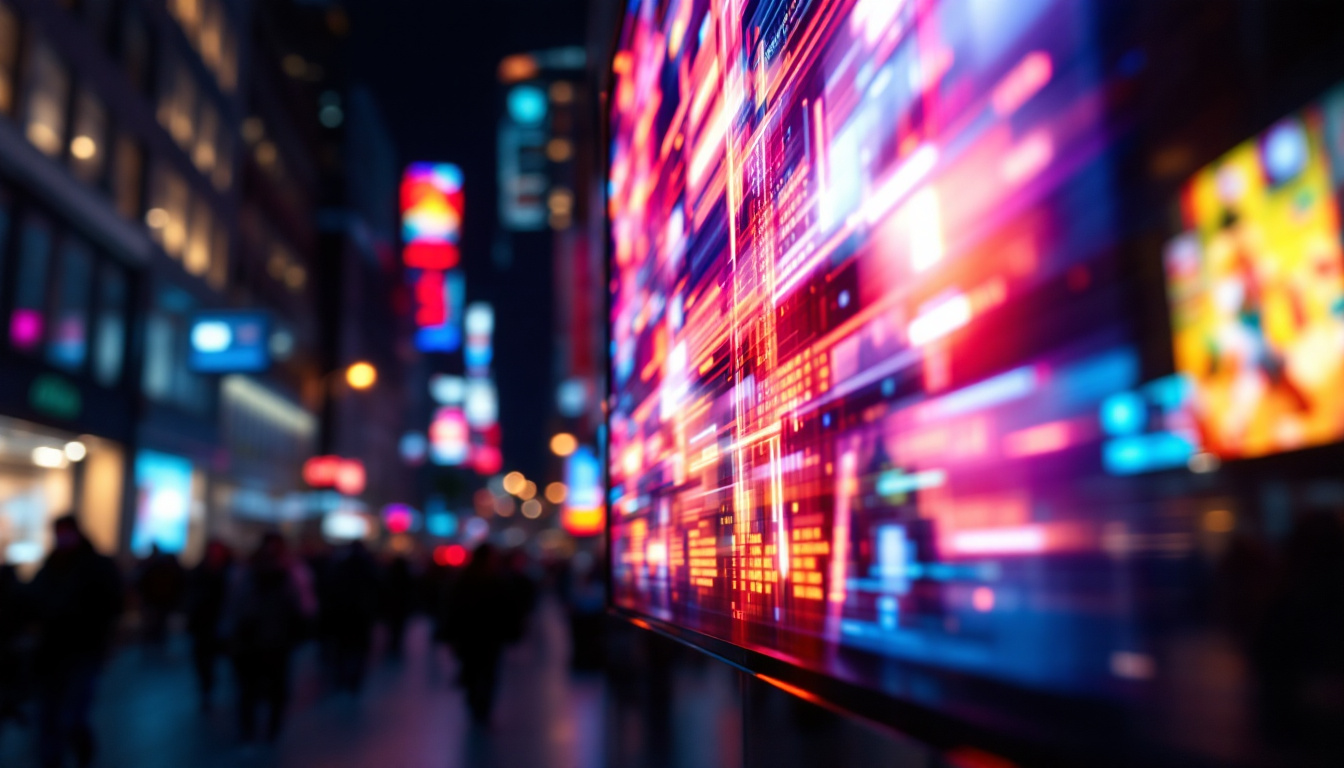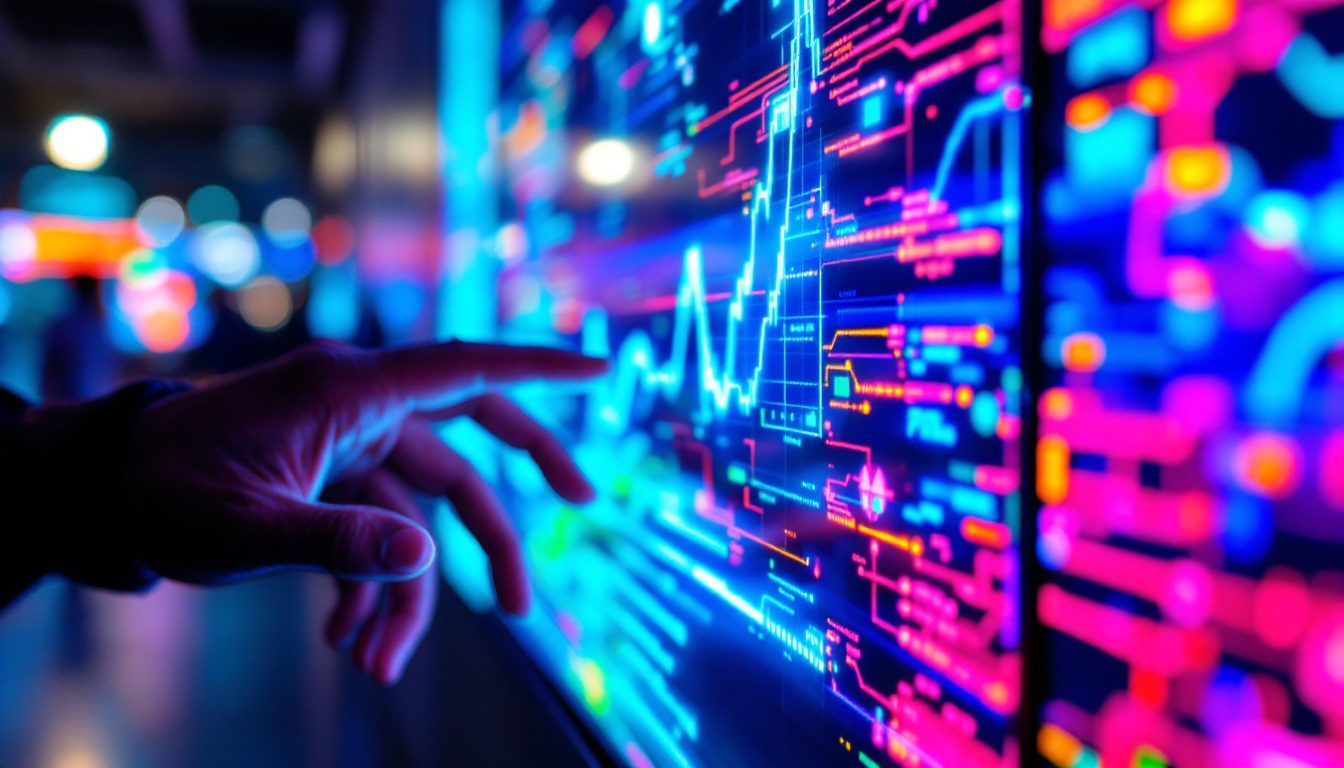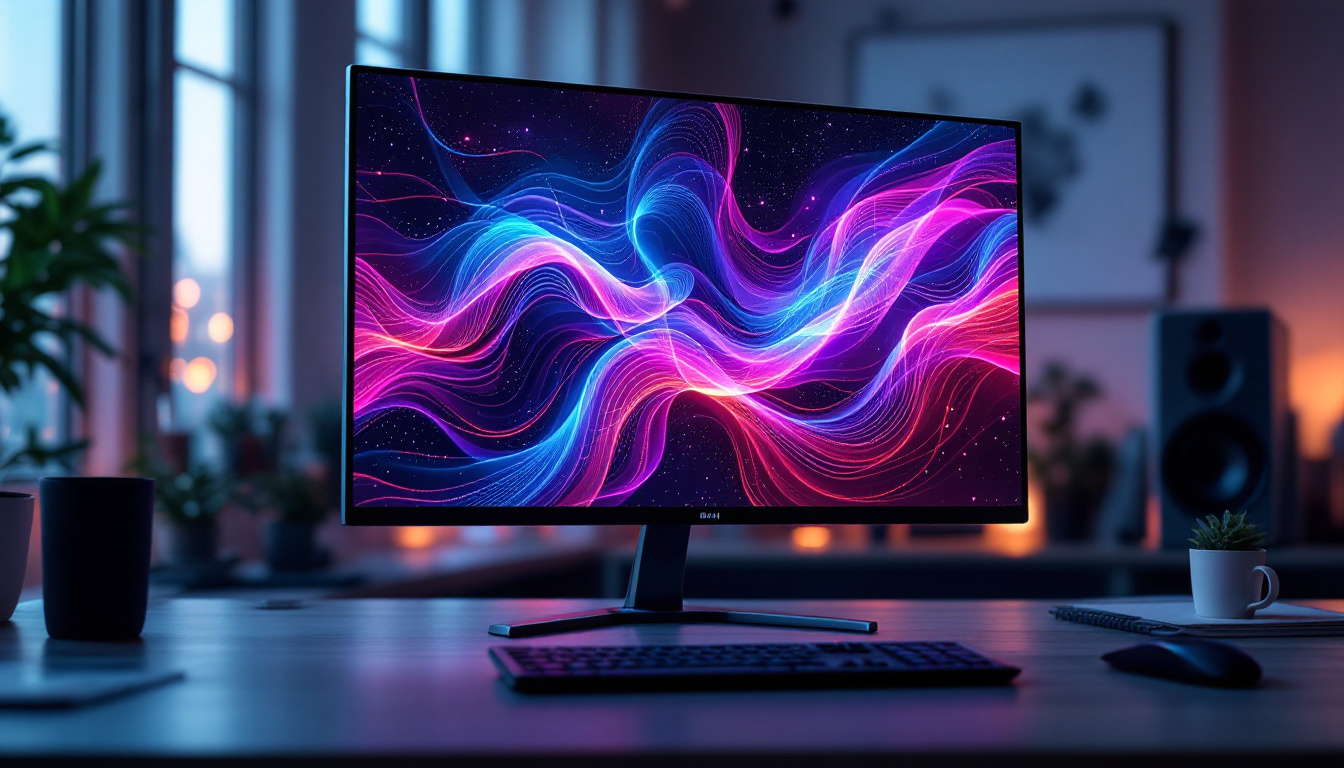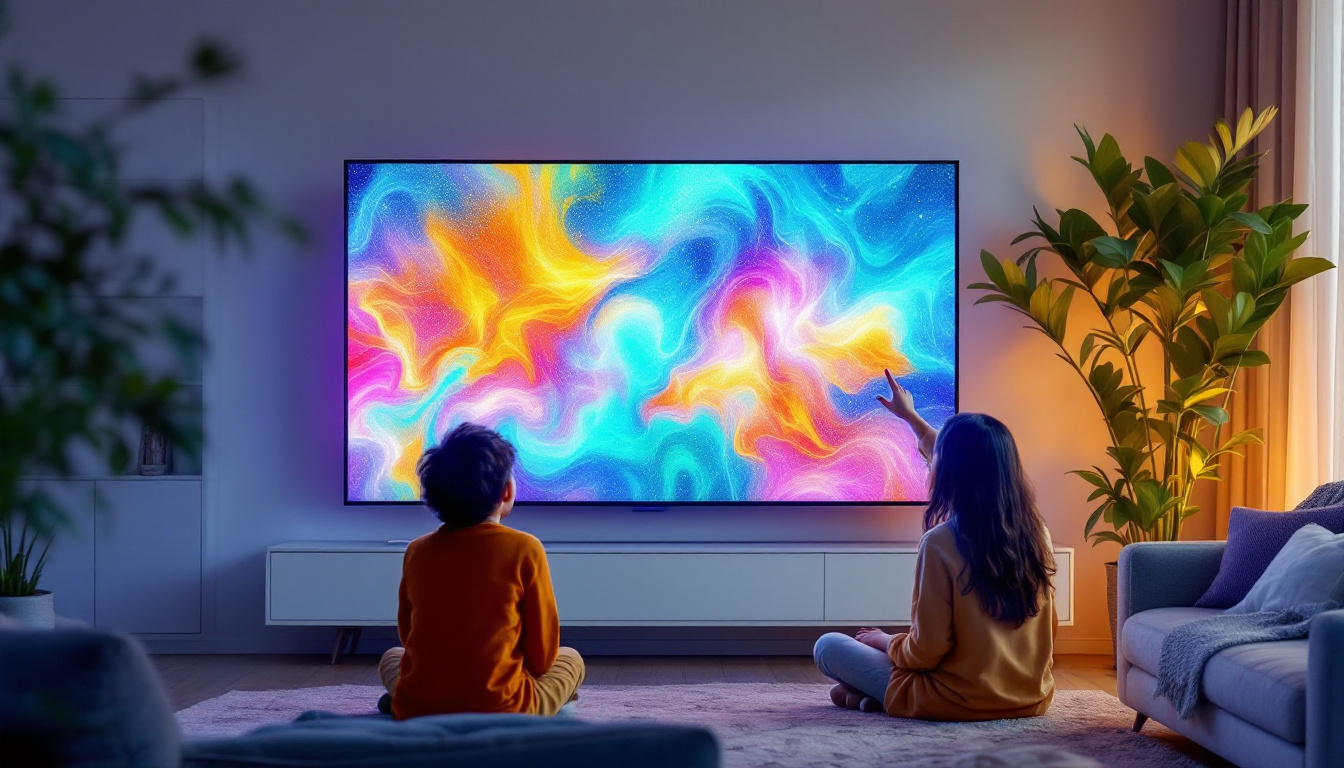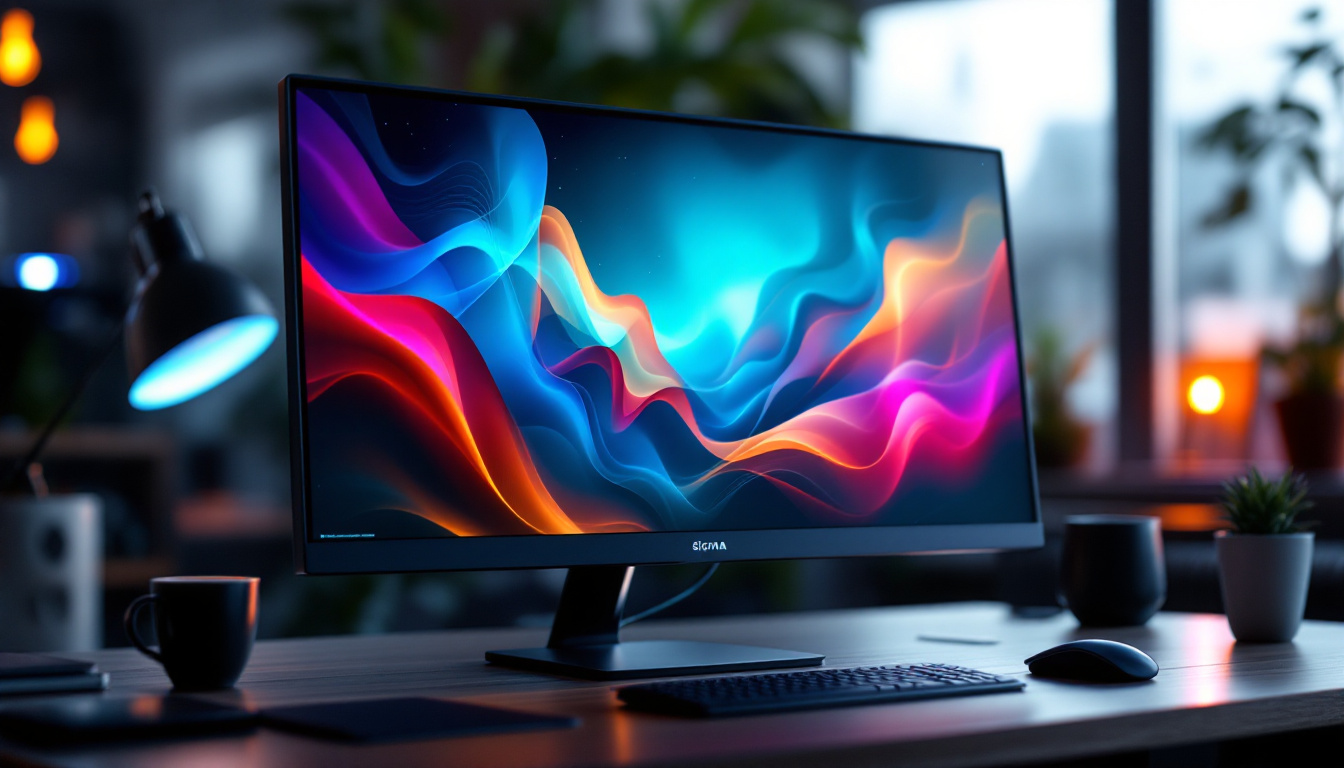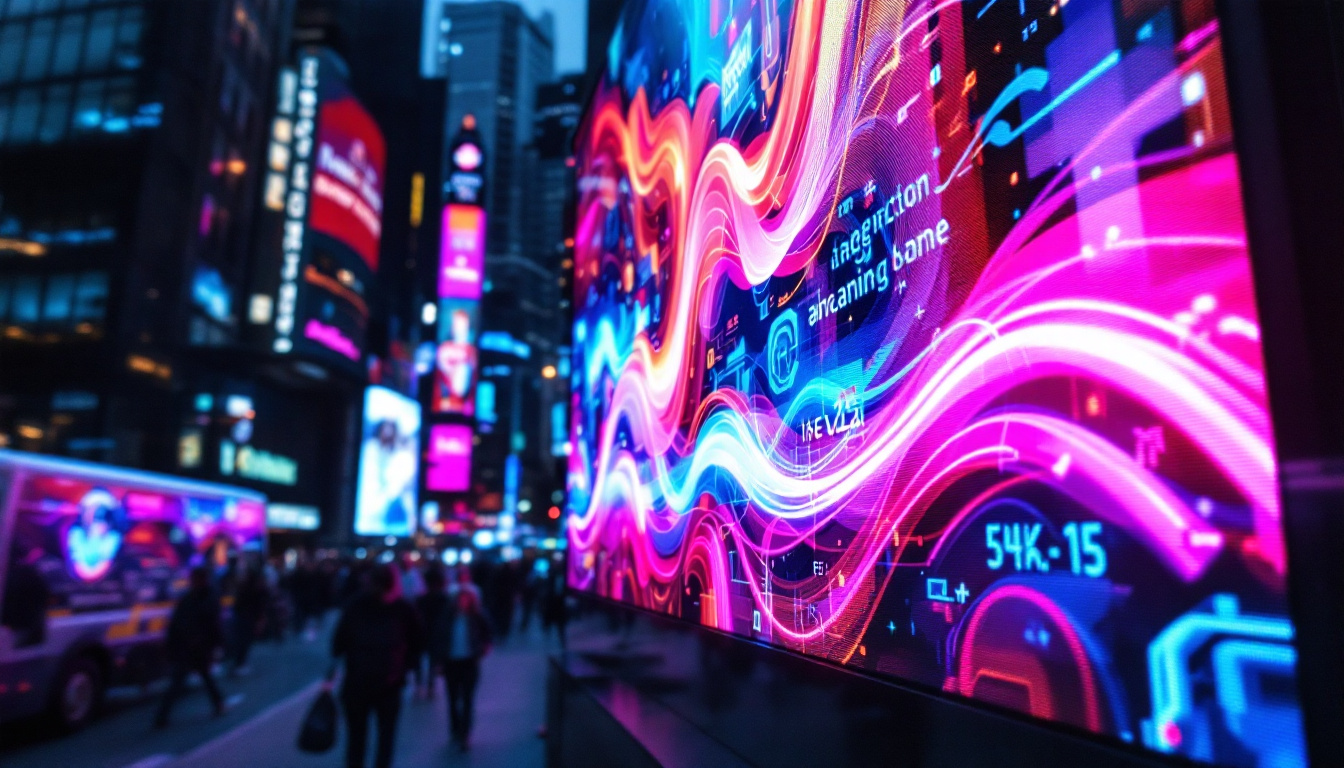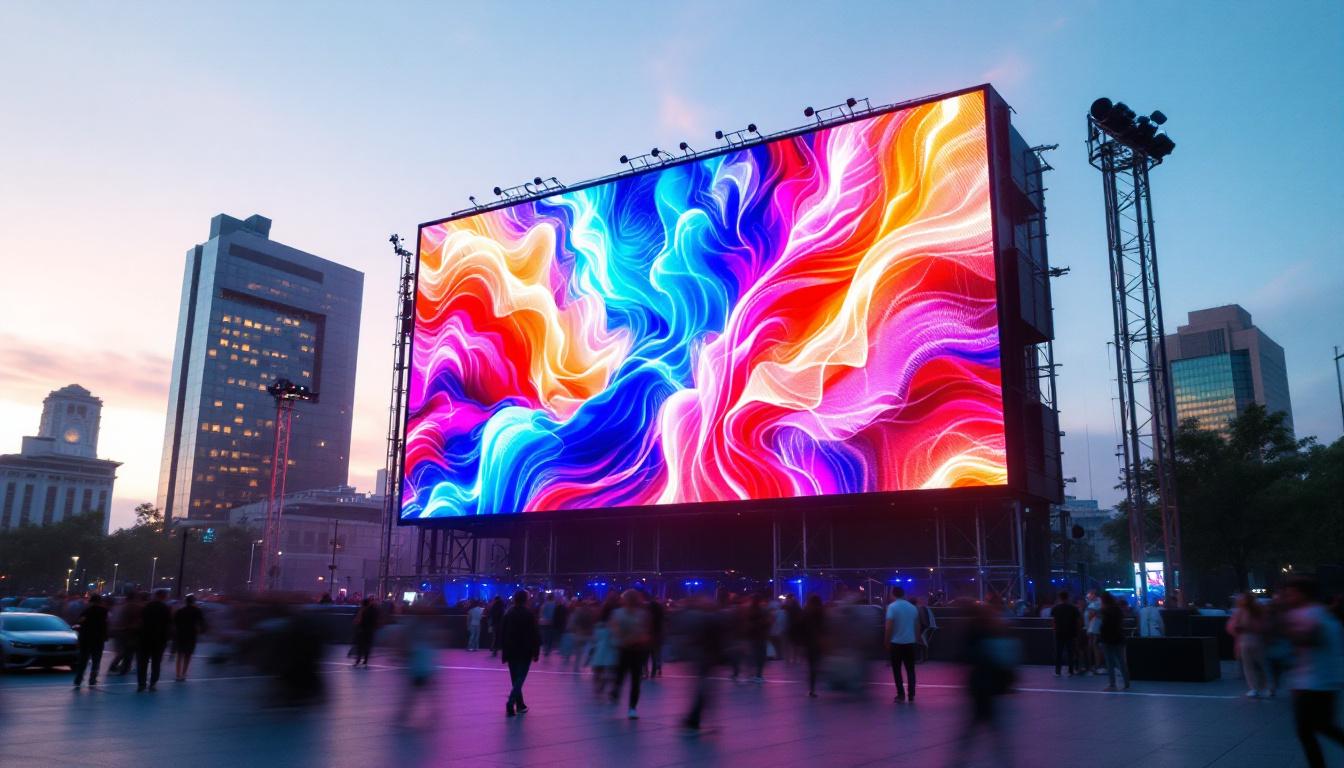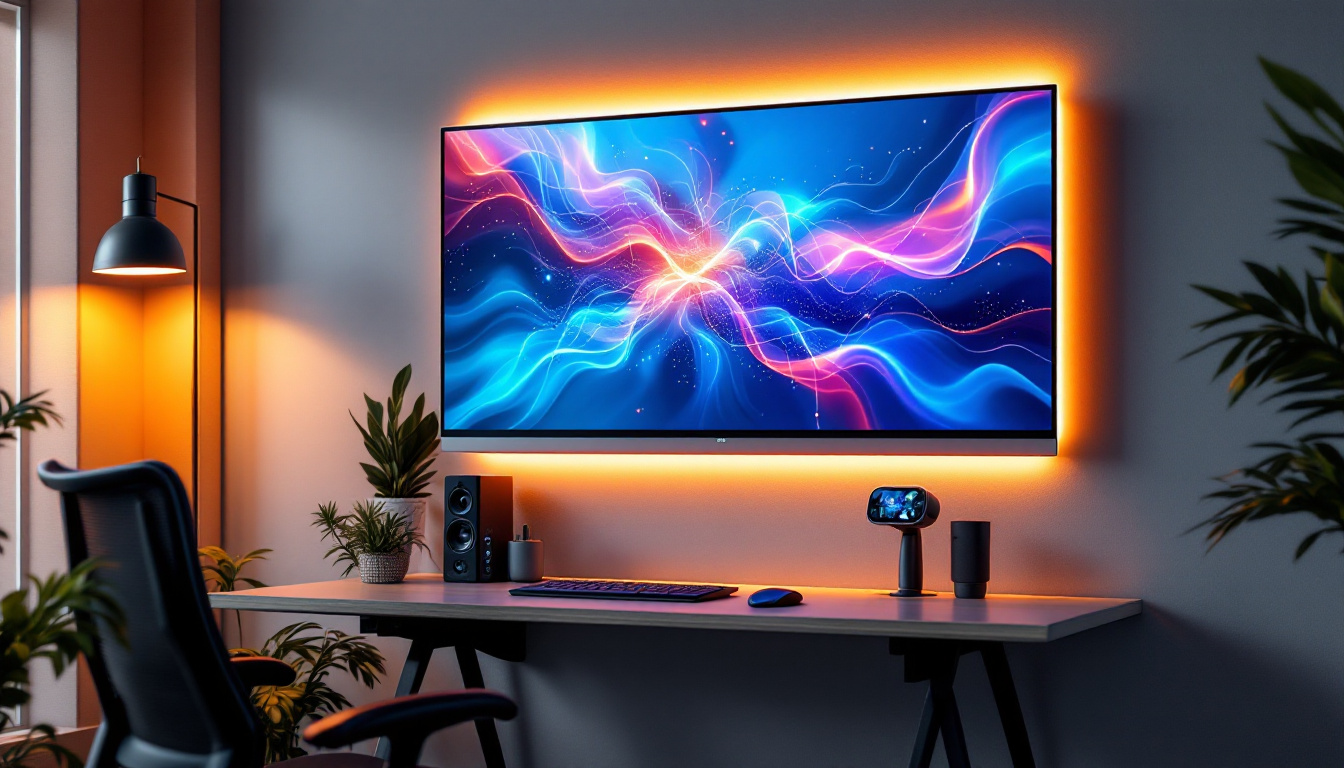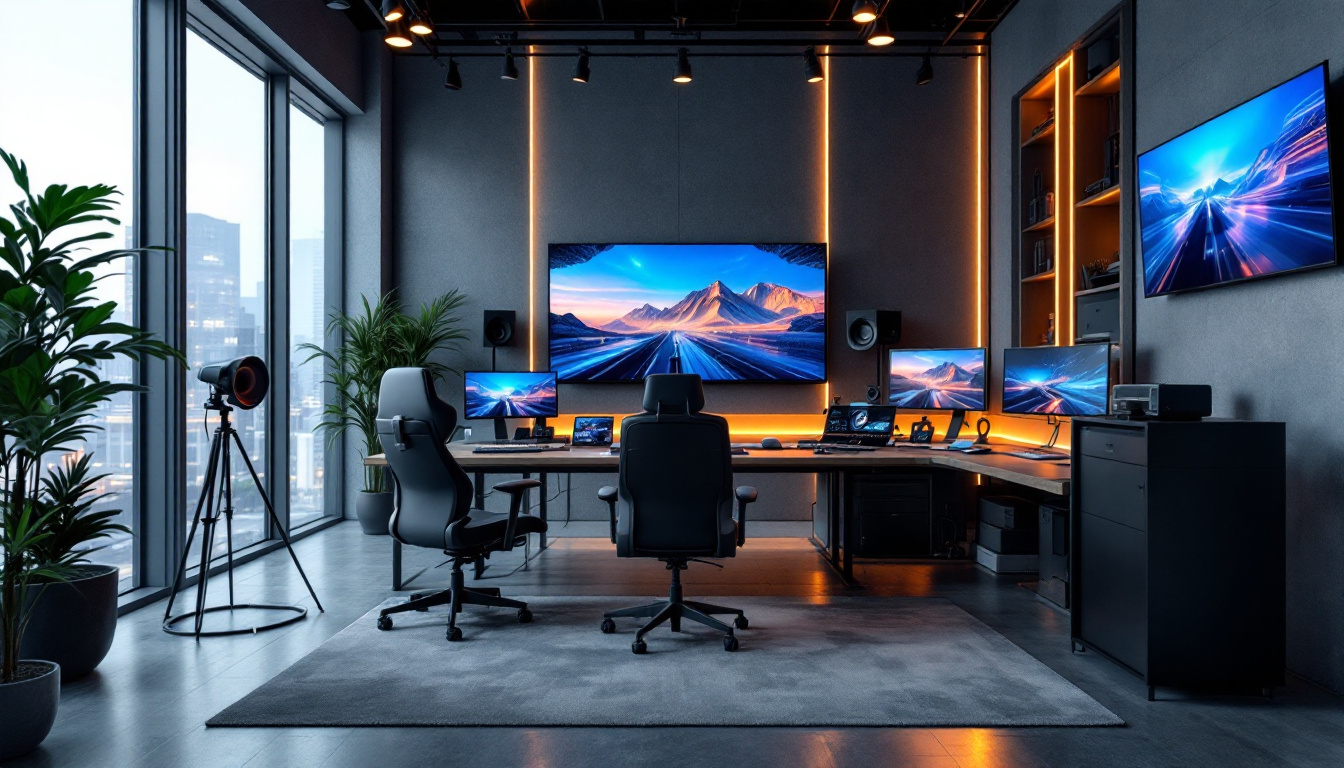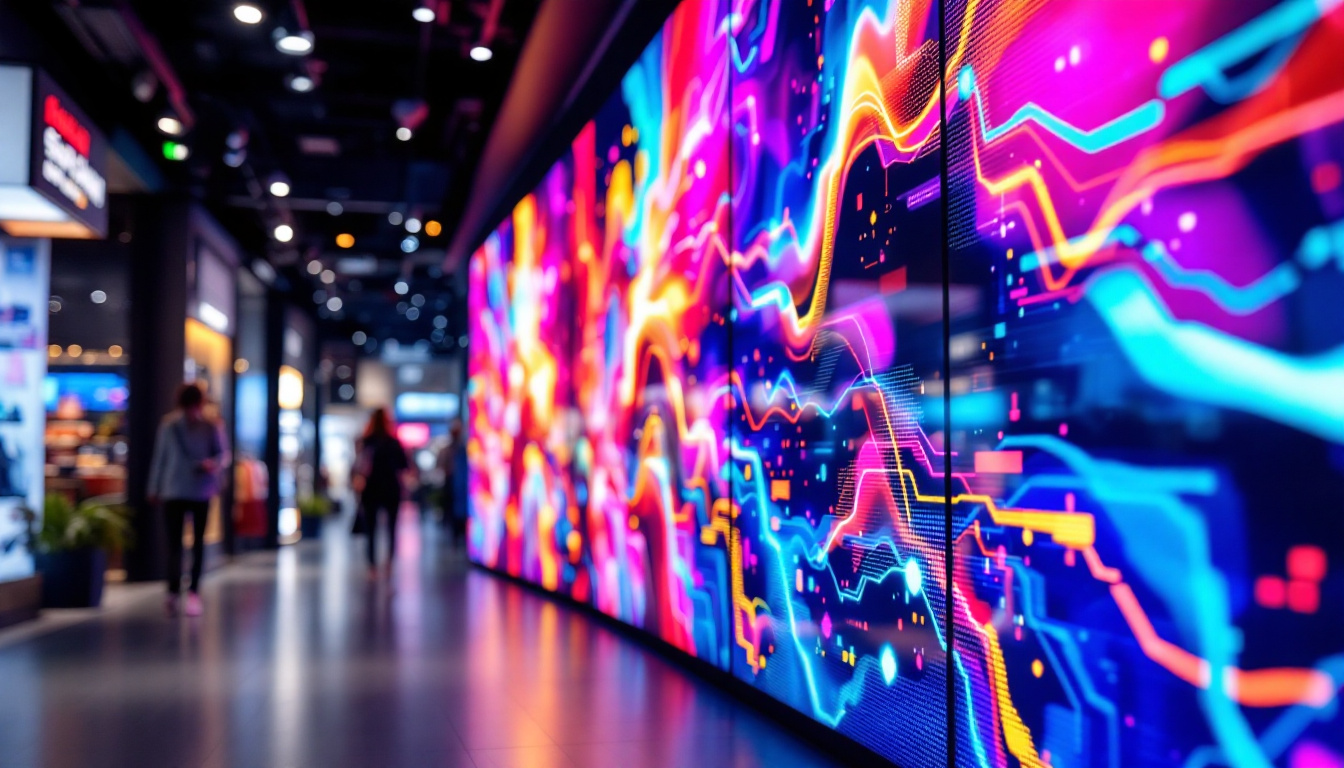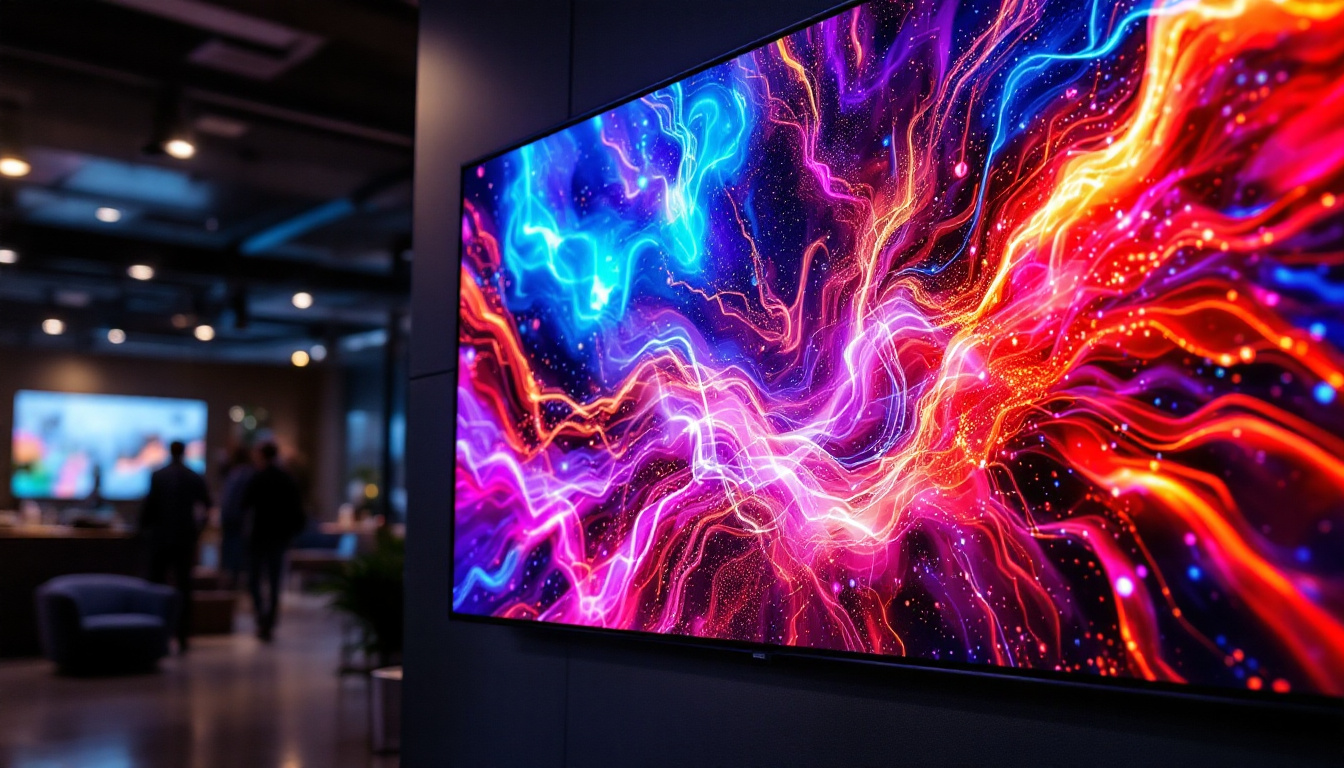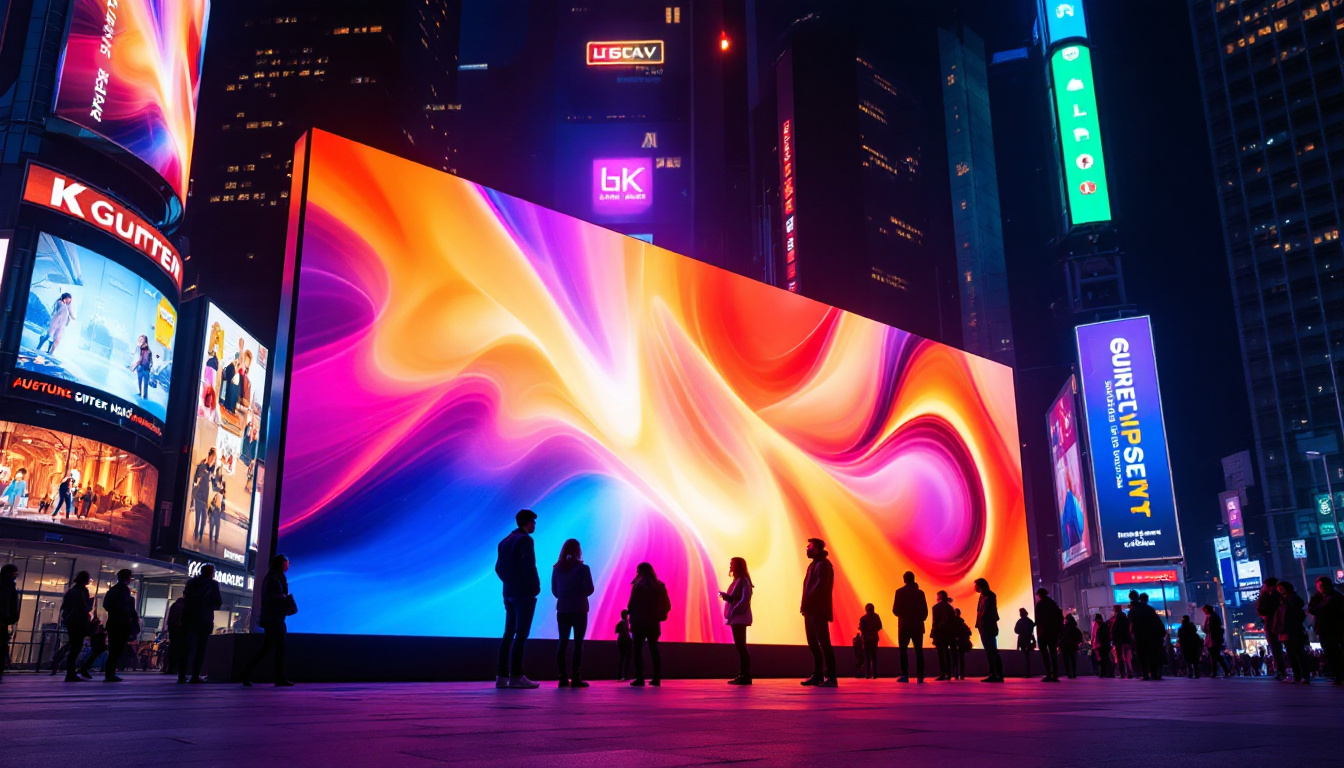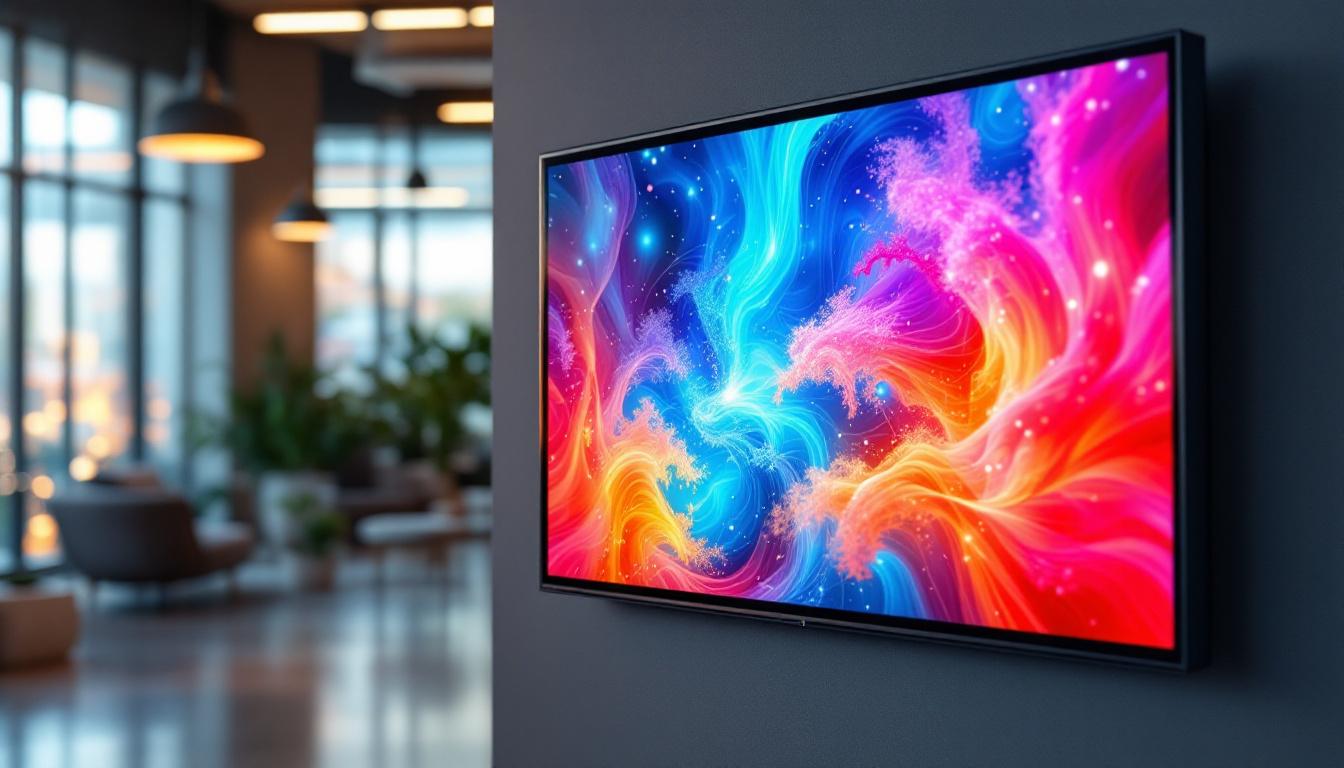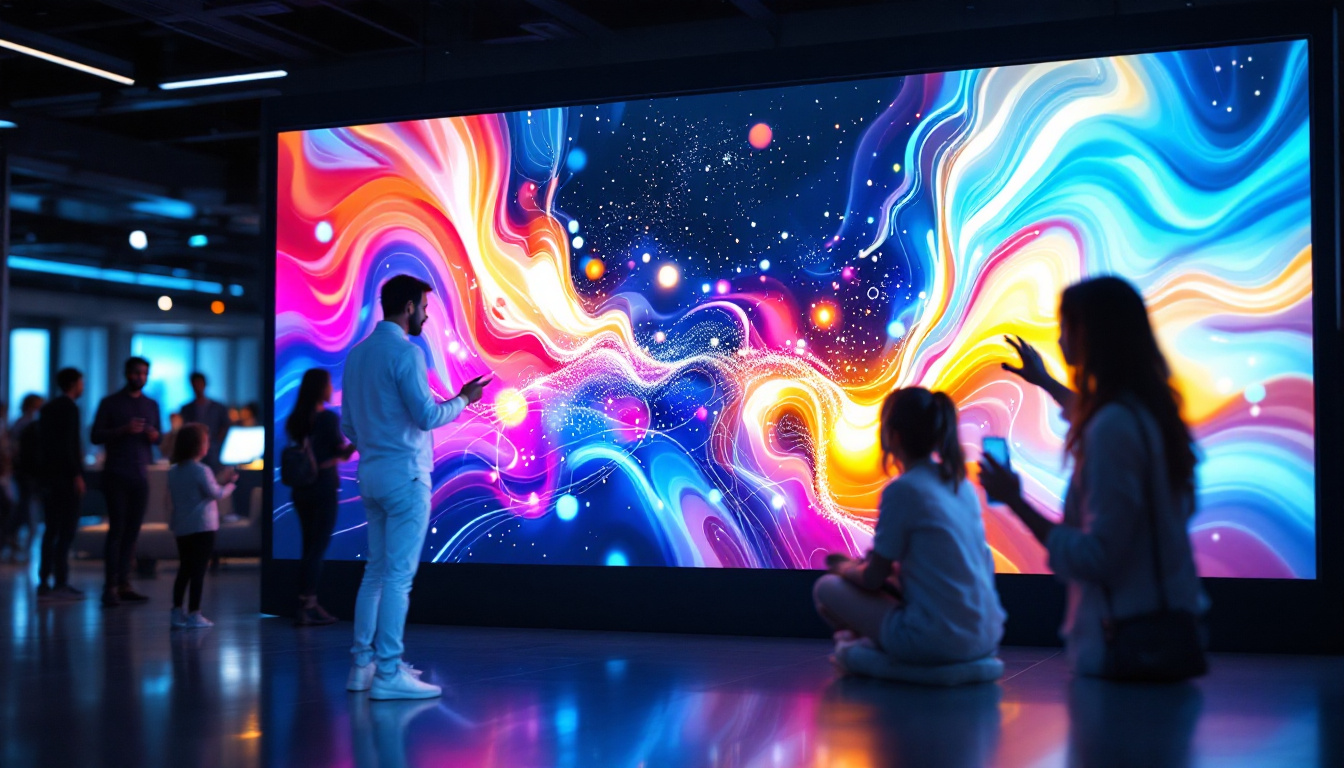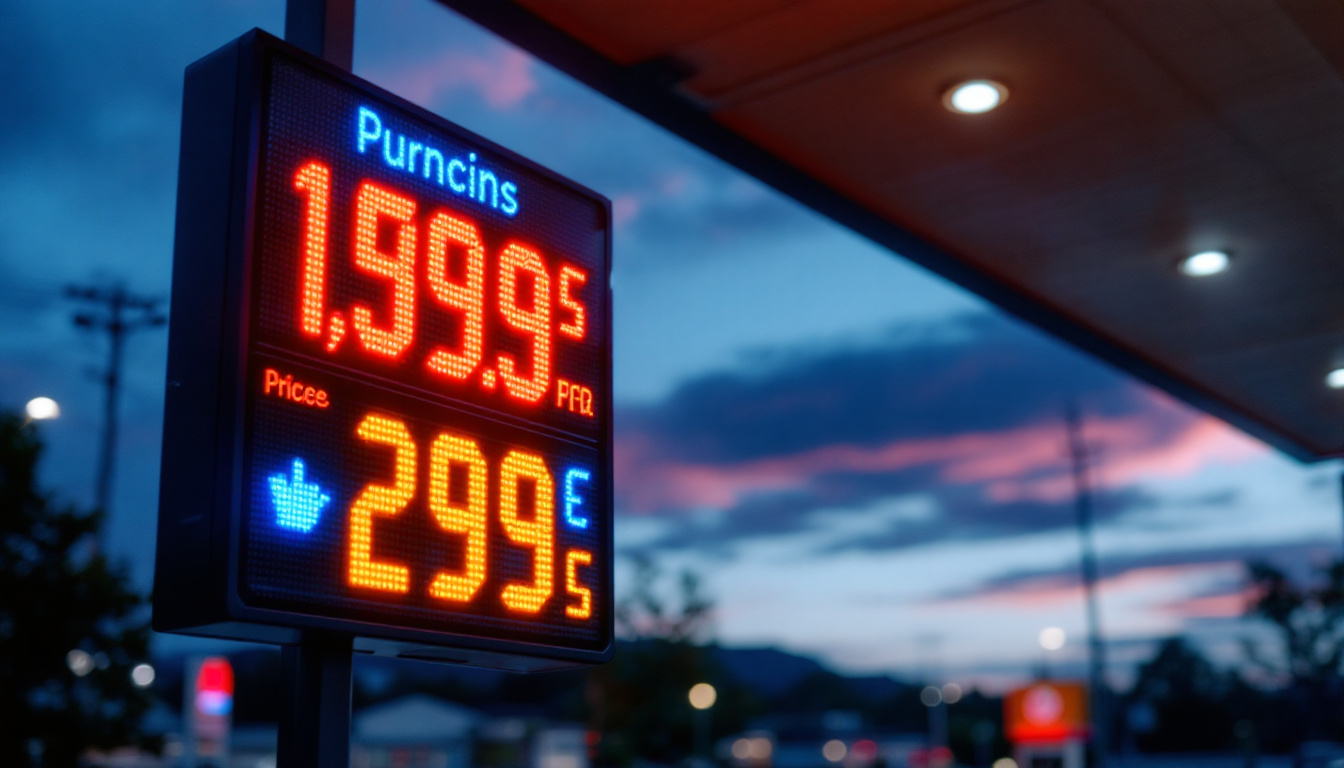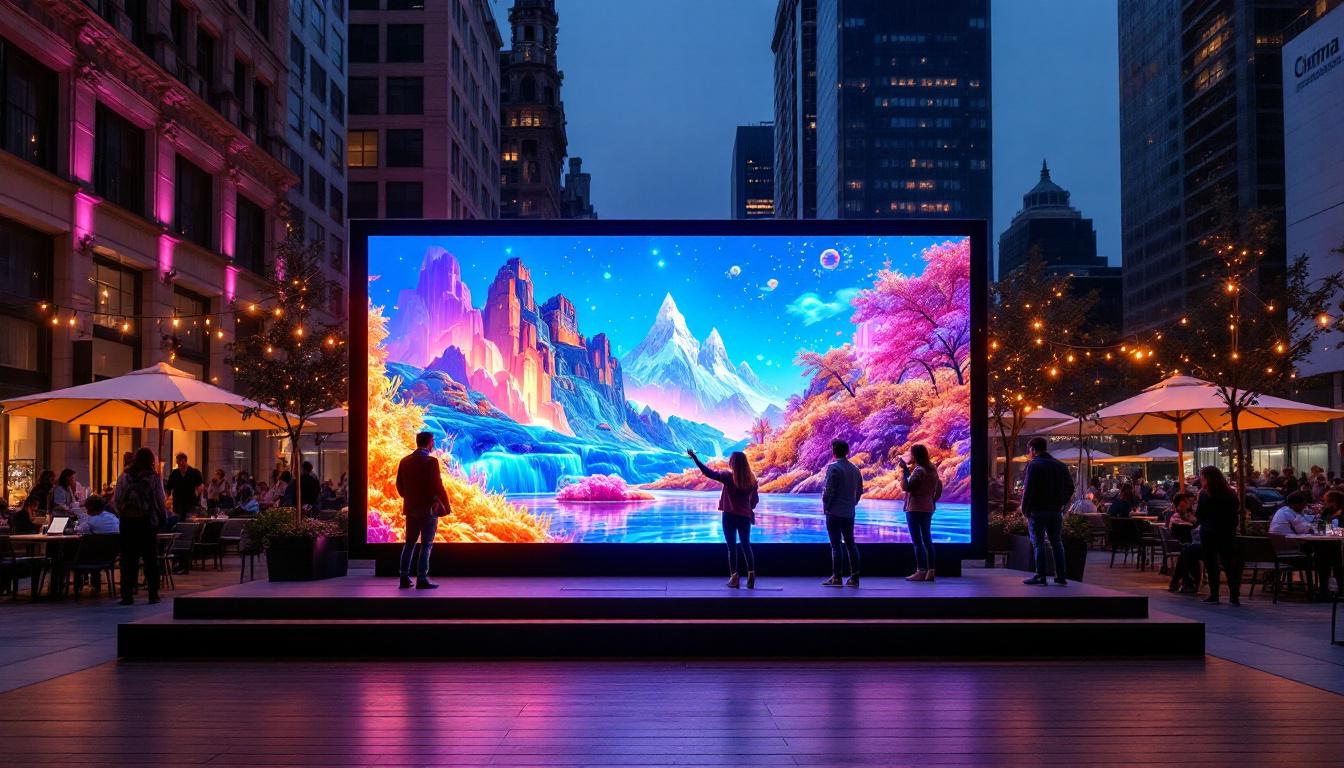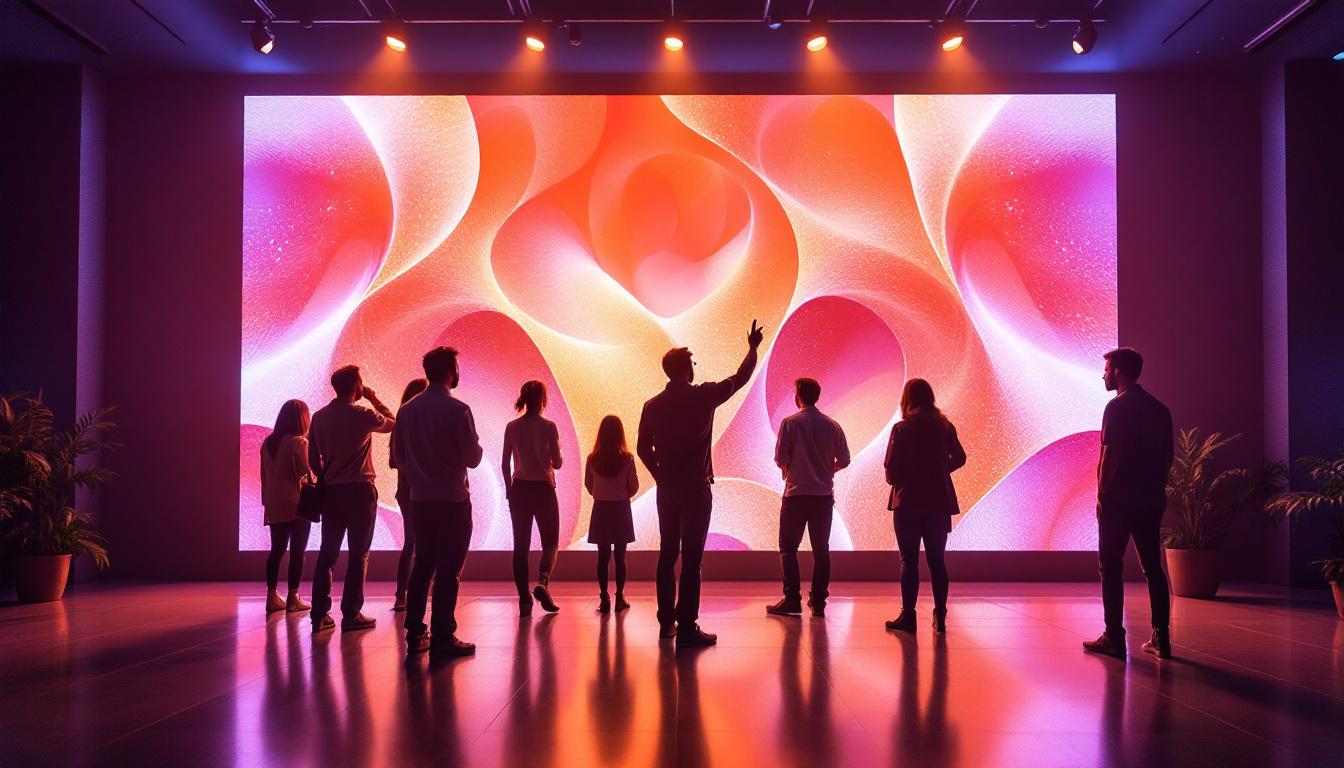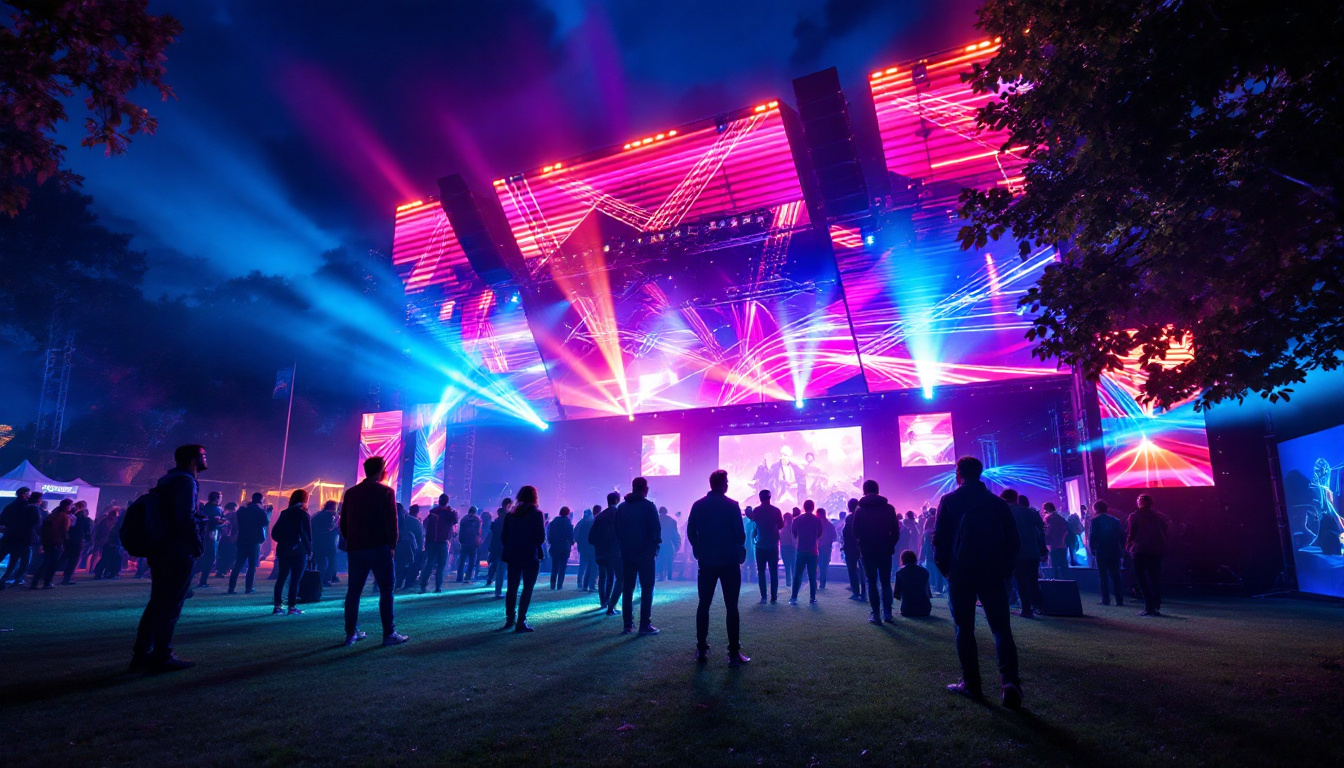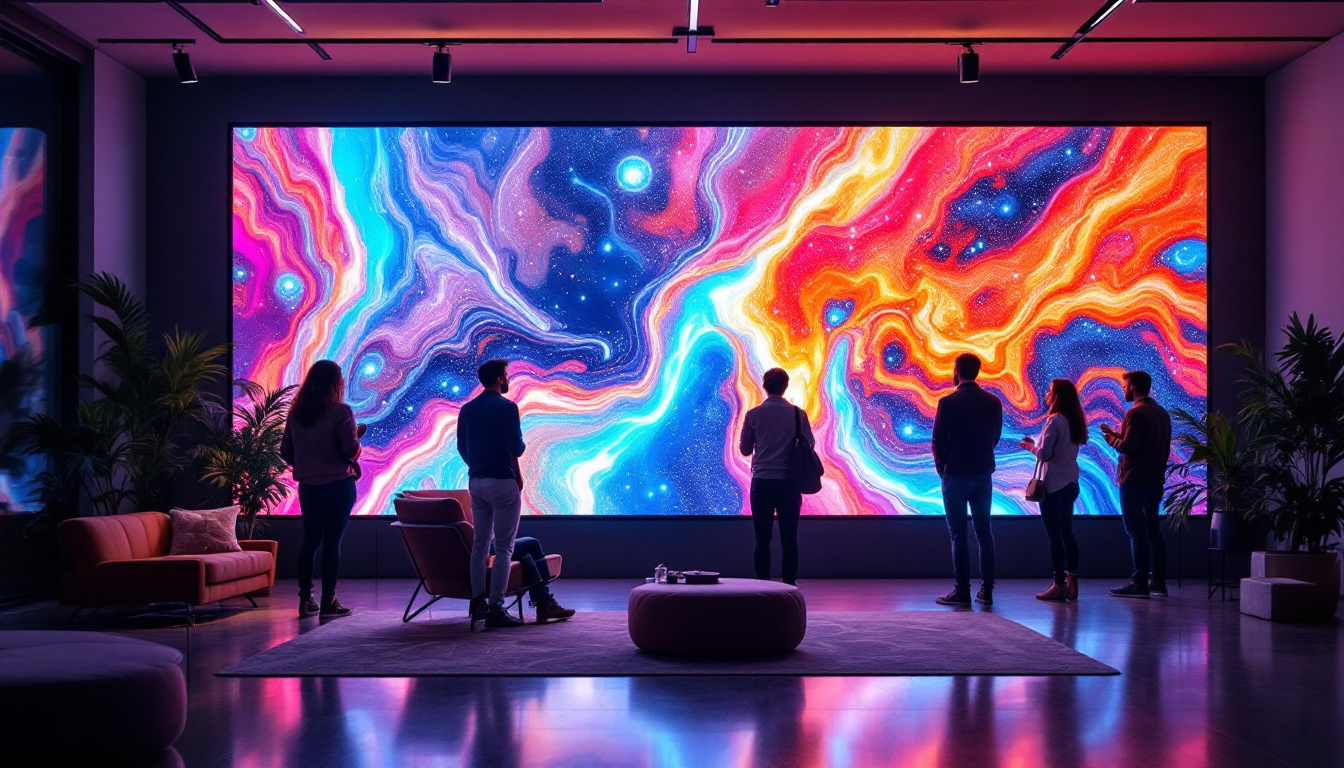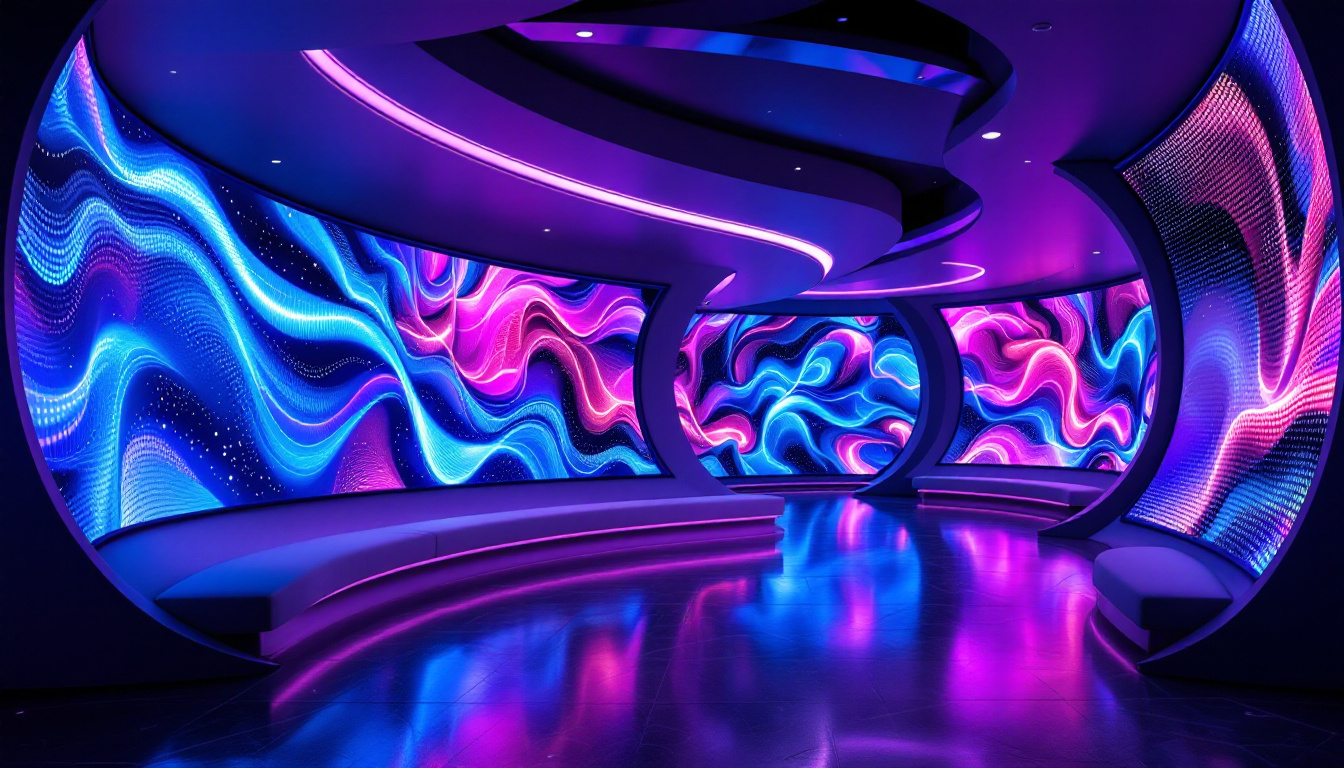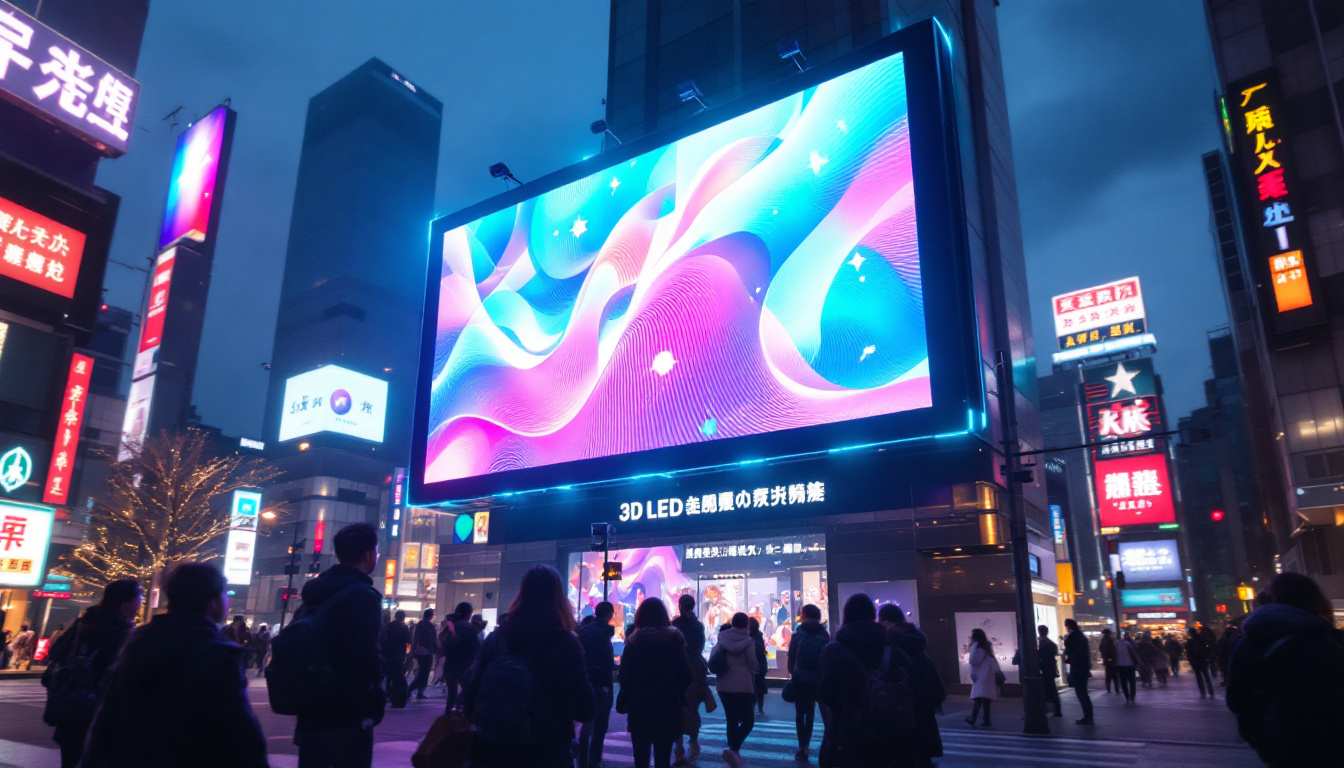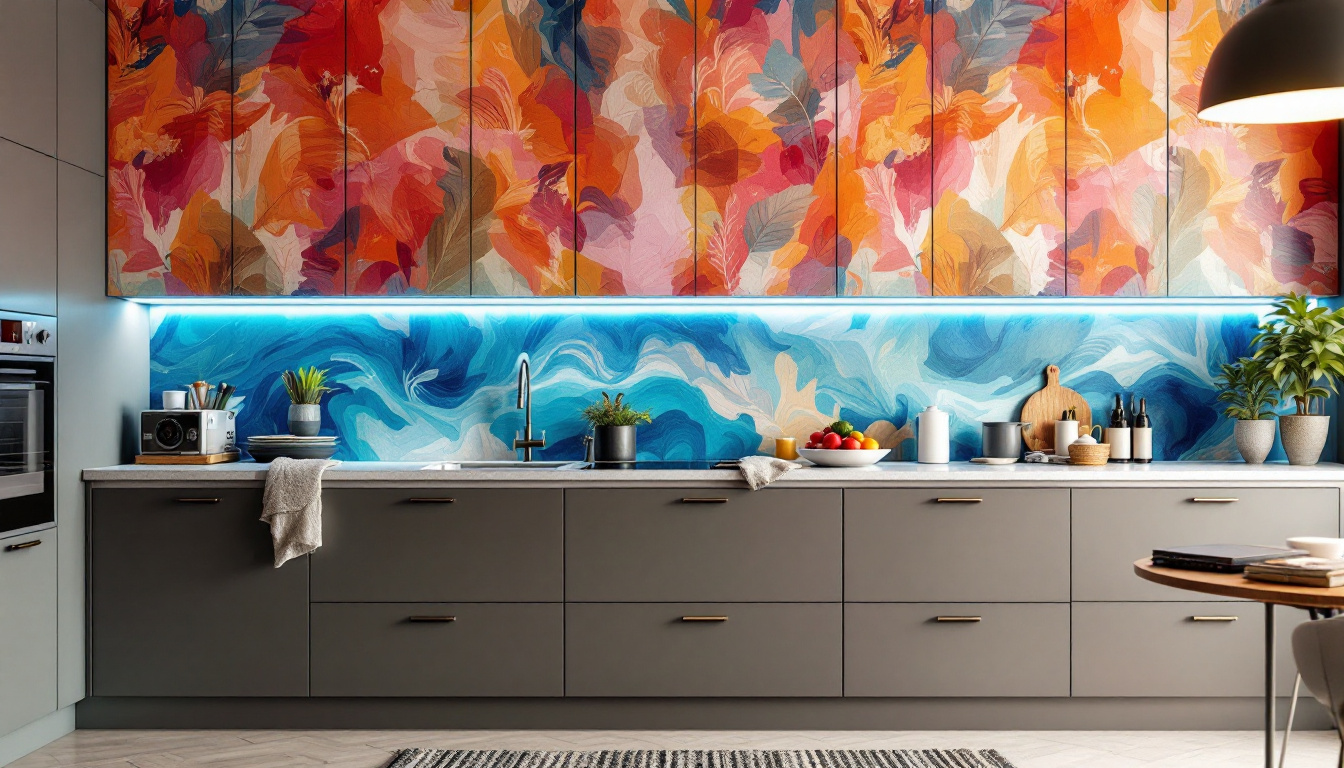Video Wall TVs: LED Display Explained
In the realm of modern display technology, video wall TVs have emerged as a transformative solution for various environments, from corporate settings to entertainment venues. These large-scale displays, composed of multiple screens working in unison, offer an immersive viewing experience that captivates audiences. This article delves into the intricacies of LED video walls, exploring their components, benefits, and applications.
Understanding Video Wall Technology
Video walls are essentially large displays made up of multiple individual screens, typically arranged in a grid. This configuration allows for the creation of a single, cohesive image or video that can be viewed from a distance. The technology behind these displays has evolved significantly, with LED (Light Emitting Diode) becoming the preferred choice for many installations.
What is LED Technology?
LED technology utilizes semiconductor materials to emit light when an electric current passes through them. This results in vibrant colors and high brightness levels, making LED displays suitable for a variety of lighting conditions. In the context of video walls, LED panels are often used due to their thin profile, lightweight nature, and energy efficiency.
Moreover, LED displays can be categorized into two types: direct view and backlit. Direct view LED displays consist of individual LED pixels that form the entire image, while backlit displays use LEDs to illuminate a liquid crystal display (LCD) panel. For video walls, direct view LED technology is predominantly favored for its superior picture quality and seamless integration. The advancements in LED technology have also led to the development of fine-pitch displays, which allow for closer viewing distances without sacrificing image clarity, making them ideal for environments like control rooms or retail spaces where detail is crucial.
How Video Walls Work
The operation of a video wall involves multiple screens connected to a central processing unit that manages the content displayed across the array. This system allows for the synchronization of images and videos, ensuring that they appear as a single, unified display. Advanced video wall processors can also handle multiple input sources, enabling dynamic presentations that can switch between different media seamlessly.
Furthermore, video walls can be configured to display a variety of content types, including live feeds, pre-recorded videos, and interactive applications. This versatility makes them an invaluable tool for businesses and organizations looking to engage their audiences effectively. For instance, in a corporate setting, video walls can be utilized for real-time data visualization, allowing teams to monitor key performance indicators or project statuses at a glance. In retail environments, they can create immersive experiences that captivate customers, showcasing products in a visually stunning manner that enhances brand storytelling.
Additionally, the installation and maintenance of video walls have become increasingly streamlined due to advancements in technology. Many modern video wall systems come equipped with user-friendly software that simplifies the process of content management, making it easier for operators to update displays on the fly. This capability is particularly beneficial in environments that require frequent content changes, such as event venues or newsrooms, where timely information delivery is paramount. As the demand for high-quality visual communication continues to grow, video walls are poised to play an even more significant role in various sectors, from education to entertainment, further pushing the boundaries of what visual technology can achieve.
Benefits of LED Video Walls
The adoption of LED video walls comes with a plethora of advantages that enhance both functionality and viewer experience. From superior image quality to energy efficiency, these displays offer compelling reasons for their increasing popularity.
Superior Image Quality
One of the most significant benefits of LED video walls is their exceptional image quality. With high resolution and vibrant color reproduction, LED displays can produce stunning visuals that captivate viewers. The ability to achieve high contrast ratios also means that images appear sharp and clear, even in brightly lit environments.
Additionally, LED technology allows for wide viewing angles, ensuring that the content remains visible and engaging from various positions within the viewing area. This characteristic is particularly important in large venues where audiences may be spread out over a wide area. The seamless integration of multiple panels into a single display further enhances the visual experience, creating a cohesive image that draws viewers in and keeps their attention focused on the content being presented.
Energy Efficiency and Longevity
LED displays are known for their energy efficiency compared to traditional display technologies. They consume less power while delivering brighter images, which can lead to significant cost savings over time. This is particularly advantageous for businesses that operate video walls continuously, such as in retail or broadcasting environments.
Moreover, LED panels have a longer lifespan than many other display technologies. With proper maintenance, they can last for tens of thousands of hours, reducing the need for frequent replacements and minimizing environmental impact. This durability not only translates to lower operational costs but also supports sustainability initiatives by reducing electronic waste. As businesses and organizations increasingly prioritize eco-friendly practices, the longevity of LED video walls aligns perfectly with these goals, making them a responsible choice for modern display solutions.
Furthermore, the low heat emission of LED technology contributes to a more comfortable environment, especially in enclosed spaces. Unlike traditional displays that can generate significant heat, LED video walls maintain a cooler operating temperature, which can enhance the overall comfort of both viewers and staff. This feature is particularly beneficial in settings such as control rooms or event venues, where prolonged exposure to heat can be a concern. As a result, LED video walls not only improve visual performance but also contribute to a more pleasant atmosphere for everyone involved.
Applications of Video Wall TVs
Video wall TVs have found applications across various sectors, each leveraging the technology to enhance communication, marketing, and entertainment. From corporate boardrooms to public displays, the versatility of video walls is evident.
Corporate Environments
In corporate settings, video walls are often used for presentations, data visualization, and collaborative work. They allow teams to display large amounts of information in a visually appealing manner, facilitating better understanding and engagement during meetings. Furthermore, video walls can serve as a dynamic backdrop for company branding, showcasing logos and promotional content effectively.
Many organizations also utilize video walls for digital signage, providing real-time updates and information to employees and visitors alike. This can include everything from news feeds to internal announcements, ensuring that everyone is informed and connected.
Public Spaces and Events
Public venues such as stadiums, airports, and shopping malls have embraced video wall technology to enhance the visitor experience. In sports arenas, for example, video walls are used to display live game footage, replays, and advertisements, creating an immersive environment for fans.
Similarly, airports often deploy video walls to provide travelers with important information, such as flight schedules and gate changes. By utilizing large displays, these venues can capture the attention of passersby and communicate essential messages effectively.
Challenges and Considerations
While LED video walls offer numerous advantages, there are also challenges and considerations that organizations must address before implementation. Understanding these factors can help ensure a successful installation and operation.
Cost Implications
The initial investment for a video wall can be substantial. High-quality LED panels, along with the necessary processing equipment and installation, can lead to significant upfront costs. However, it is essential to view this as a long-term investment, as the benefits and potential return on investment can outweigh the initial expenditure.
Organizations should conduct a thorough cost-benefit analysis, considering factors such as energy savings, maintenance costs, and the potential for increased engagement and sales. This analysis can help justify the investment and guide decision-making processes.
Maintenance and Support
Maintaining a video wall requires ongoing attention to ensure optimal performance. Regular cleaning, calibration, and software updates are necessary to keep the system running smoothly. Organizations should consider establishing a maintenance plan, which may involve hiring specialized technicians or partnering with service providers.
Additionally, having a reliable support system in place is crucial. In the event of technical issues, quick access to support can minimize downtime and ensure that the video wall continues to function effectively.
Future Trends in Video Wall Technology
The landscape of video wall technology is continually evolving, with advancements that promise to enhance functionality and user experience. Staying abreast of these trends can help organizations make informed decisions about their display solutions.
Integration with Smart Technology
As smart technology becomes increasingly prevalent, the integration of video walls with IoT (Internet of Things) devices is on the rise. This allows for greater interactivity and automation, enabling users to control displays remotely and integrate them with other systems, such as lighting and sound.
For instance, smart video walls can automatically adjust brightness based on ambient light conditions, ensuring optimal visibility at all times. This level of automation enhances user experience while reducing energy consumption.
Advancements in Display Resolution
With the advent of 4K and even 8K resolution displays, video walls are becoming capable of delivering unprecedented clarity and detail. Higher resolutions allow for more intricate images and finer text, making them ideal for applications that require precision, such as medical imaging or detailed data visualization.
As technology progresses, it is expected that video walls will continue to push the boundaries of resolution, offering even more stunning visual experiences for viewers.
Conclusion
Video wall TVs represent a significant advancement in display technology, offering a multitude of benefits for various applications. Their ability to deliver high-quality visuals, energy efficiency, and versatility makes them an attractive option for businesses and organizations looking to engage their audiences effectively.
While challenges such as cost and maintenance exist, the potential for enhanced communication and viewer experience makes investing in LED video walls a worthwhile consideration. As technology continues to evolve, the future of video walls promises even more exciting developments, ensuring they remain a vital tool in the world of visual communication.
Discover LumenMatrix’s Innovative LED Display Solutions
Ready to elevate your visual communication and engage your audience like never before? Explore LumenMatrix’s comprehensive range of LED display solutions, designed to bring your brand to life and create immersive experiences that resonate. From Indoor and Outdoor LED Wall Displays to specialized solutions like Vehicle, Sports, and Floor LED Displays, LumenMatrix is your partner in revolutionizing your visual presence. Check out LumenMatrix LED Display Solutions today and step into the future of dynamic and impactful digital signage.

